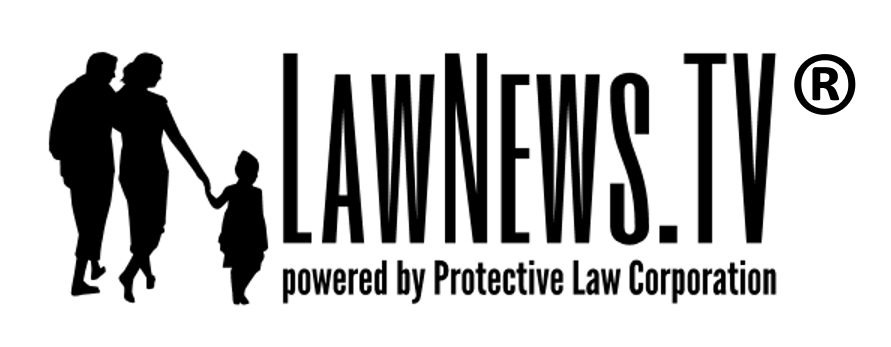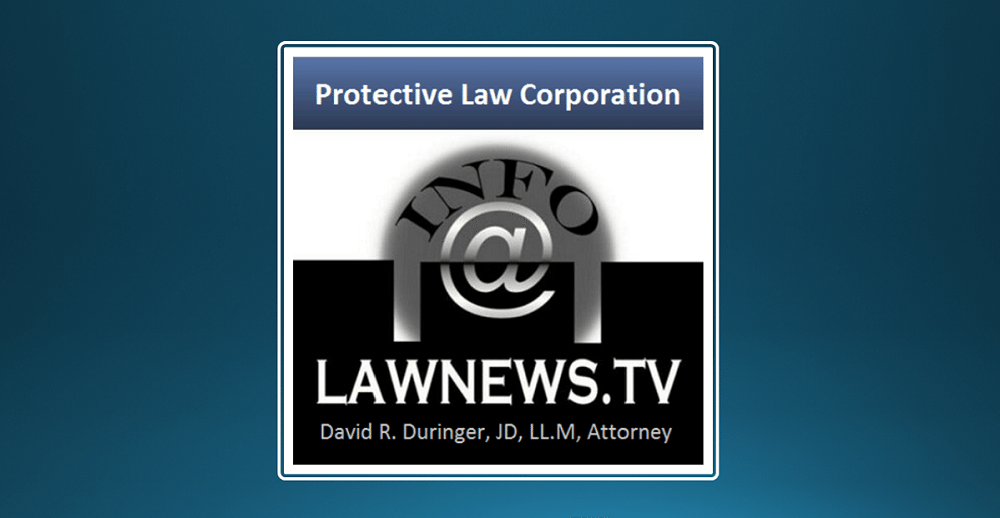A new study by Lott and Moody shows that armed citizens are much more effective than uniformed police at stopping potential mass shootings.
The study concluded:
The results favor intervention by armed citizens. Unlike uniformed police officers, armed
citizens are already on the scene and don’t stand out as obvious threats to a shooter. In
contrast, police face significant disadvantages. They rarely happen to be present when an
attack begins, and if a potential attacker sees an officer nearby, he’s likely to either wait
for the officer to leave the area or move on to a new target. Shooters who decide not to
alter their plans will likely choose to attack the visible uniformed officers first. While
taking on an officer may not be easy, it becomes the first objective when the shooter sees
that the officer is armed and in uniform.
Off-duty, undercover, or plainclothes officers share the same tactical advantages as
armed civilians. It would be valuable to compare their effectiveness directly to that of
civilians. However, we found only two cases where shooters interacted with non-
uniformed officers, so we can’t yet test whether uniforms themselves make it harder for
police to intervene effectively. That comparison will have to wait for more data.
Our findings show that armed citizens are significantly more effective than uniformed
police at stopping potential mass shootings. This result isn’t a criticism of law
enforcement, it simply reflects the tactical realities they face. Their uniforms make them
visible targets, and longer response times give attackers more opportunity to cause harm.
These results also suggest a broader conclusion: having armed citizens dispersed
throughout public spaces improves public safety. Conversely, gun-free zones are likely to
be counterproductive, a view supported by other research showing that the overwhelming
majority of mass public shootings happen in such zones (Lott, 2010, Crime Prevention
Research Center, 2025).
Armed citizens are not trained like police officers as to the correct response to an active
shooter event. Consequently, they could make the situation worse by inserting themselves
into the event. Our analysis soundly rejects that idea. In fact, we find the opposite to be
true: armed citizens do not interfere with police, and in active shooter situations, they
reduce deaths and injuries significantly more effectively than the police.







